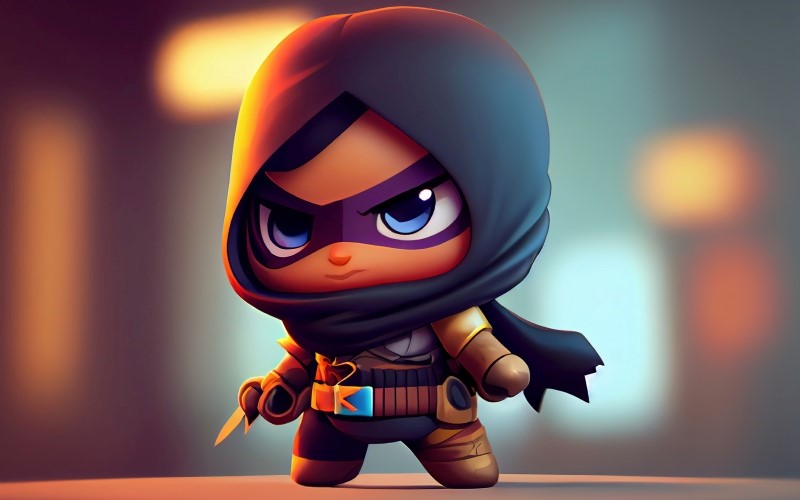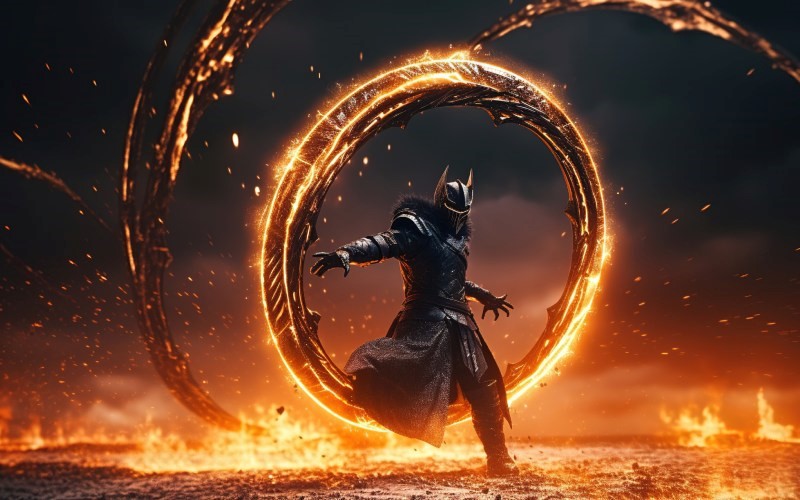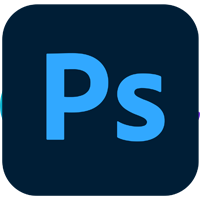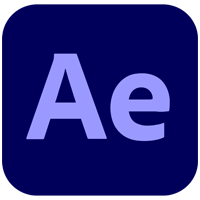How useful is a 3D Animation and AI course?
A 3D Animation and AI course teaches 3D modeling, motion graphics, and AI-driven animation. AI enhances animation by automating tasks and improving character movements. Graduates can work in films, gaming, and AR/VR, creating realistic animations and AI-powered visual effects to meet industry demand.
What is the Scope of the job opportunities after an Advanced 3D Animation & AI course?
The Advanced 3D Animation & AI course blends creativity with technology, preparing students for high-demand careers. It equips them with skills to create lifelike animations, automate workflows, and enhance storytelling using AI-driven techniques.
- 3D Animator
- AI Animation Specialist
- VFX Artist
- Motion Graphics Designer
- Technical Director
- Game Animator
What are the top industries that employ Advanced 3D Animation & AI institute passouts?
These are some of the top industries where Advanced 3D Animation & AI professionals are in demand:
- Film and Entertainment
- Gaming Industry
- Advertising & Marketing
- Virtual Reality (VR) & Augmented Reality (AR)
- Medical and Scientific Visualization
- Education and Training Simulations
Course Module
3D Pipeline & Basic Photoshop
Introduction to 3D Pipeline and Basic Photoshop covers the essential stages of 3D production, from modeling and texturing to rendering and post-processing, alongside fundamental Photoshop skills for enhancing textures, editing images, and refining visual elements. This combination provides a strong foundation for creating high-quality digital artwork and animations.
Maya UI & Props Model
Introduction to Maya UI and Props Modeling covers the fundamentals of navigating the Maya interface, understanding its tools, and creating detailed 3D models for props. This includes shaping, texturing, and refining objects to be used in animations, games, and visual effects, providing a strong foundation for 3D design and development.
Character Model & UV Unwrap Process
Introduction to Character Modeling and UV Unwrapping covers the process of creating detailed 3D character models and preparing them for texturing. This includes sculpting, refining shapes, and optimizing topology, along with unwrapping UV maps to ensure seamless texture application. These techniques are essential for character design in animation, gaming, and visual effects.
Texturing
Introduction to Texturing covers the process of adding colors, materials, and surface details to 3D models to create realistic or stylized appearances. This includes working with textures, shaders, and mapping techniques to enhance the visual quality of objects in animation, gaming, and visual effects.
Artificial Intelligence
Introduction to Artificial Intelligence explores the fundamentals of AI, including machine learning, neural networks, and data-driven decision-making. It covers the application of AI in various industries, automation of tasks, and the integration of AI-powered tools for enhanced efficiency and innovation.
Lighting - Shading & Render Composite
Lighting, shading, and render compositing focus on creating realistic and visually appealing 3D scenes by mastering light placement, material shading, and final image composition. This process enhances the depth, mood, and overall quality of digital visuals, ensuring a polished and professional look in animations, films, and gaming environments.
Asset in Unreal
Asset creation in Unreal involves designing, optimizing, and integrating 3D models, textures, and materials into the Unreal Engine to build immersive and interactive environments. This process ensures high-quality visuals, seamless performance, and efficient workflows for game development, virtual production, and real-time applications.
Rigging
Rigging involves creating a digital skeleton for characters and objects, enabling realistic movement and animation. It includes defining joints, controls, and deformations to ensure smooth articulation and lifelike expressions. This process is essential for character animation in gaming, films, and interactive media, allowing animators to bring digital models to life.
Basic Animation
Basic Animation covers the fundamental principles of motion, timing, and storytelling to create smooth and lifelike animations. It involves keyframe animation, movement physics, and character expressions, providing a strong foundation for animating objects and characters in various digital media, including films, games, and interactive applications.
Human Motion
Human Motion focuses on understanding and animating realistic body movements, capturing natural poses, weight shifts, and fluid transitions. It involves studying motion dynamics, body mechanics, and gesture-based animation to create lifelike character movements for films, games, and interactive media.
Body Mechanics
Body Mechanics focuses on the principles of movement, weight distribution, and physical interactions to create realistic and believable character animations. It involves understanding how different parts of the body work together, applying physics-based motion, and refining poses to enhance animation quality in films, games, and digital media.
Action Shot
Action Shot focuses on creating dynamic and high-impact sequences that capture movement, energy, and storytelling in animation and visual effects. It involves techniques for staging, timing, and camera angles to enhance action scenes for films, games, and digital media.
Acting Shot
Acting Shot focuses on bringing characters to life by emphasizing facial expressions, body language, and emotional depth in animation. It involves techniques for conveying personality, intention, and storytelling through movement, making characters feel more engaging and believable in films, games, and digital media.
Resume & Interview process
Resume & Interview Process covers essential strategies for crafting a compelling resume, highlighting key skills and experiences, and preparing for job interviews. It includes techniques for effective communication, answering common interview questions, and presenting oneself professionally to enhance career opportunities in various industries.
Showreel
Showreel focuses on creating a professional portfolio that showcases skills, creativity, and expertise through a well-edited compilation of work. It includes selecting the best projects, structuring an engaging presentation, and using effective editing techniques to highlight strengths and versatility in a visually compelling manner.
Artificial Intelligence
Artificial Intelligence covers the fundamentals of AI, including machine learning concepts, neural networks, and data-driven decision-making. It explores AI tools and applications in various industries, focusing on automation, problem-solving, and the integration of AI in creative and technical fields.











